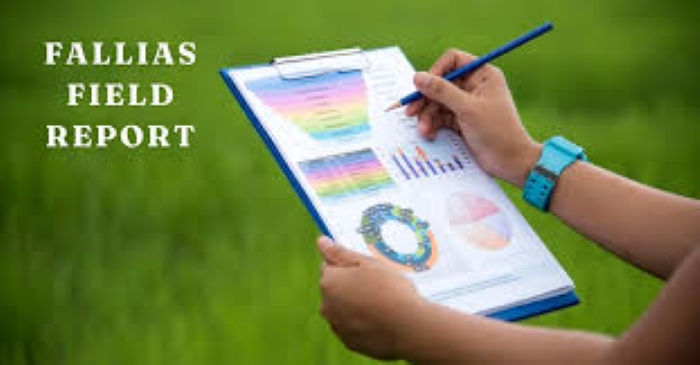Asphalt milling, also known as cold planing, is an essential process in modern road and pavement maintenance. It ensures a cost-effective, sustainable, and efficient solution for repairing and maintaining asphalt surfaces. This article provides a comprehensive overview of asphalt milling, including its benefits, process, applications, and impact on the environment.
What is Asphalt Milling?
Asphalt milling is a process that involves removing the top layer of an asphalt surface without disturbing the underlying sub-base. This technique is often used to prepare the surface for a new layer of asphalt, ensuring a smooth and even pavement.
The process is carried out using specialized machinery called milling machines, which grind and remove the old asphalt layer with precision. The removed material, known as reclaimed asphalt pavement (RAP), is then recycled and reused in new asphalt mixtures, making it an environmentally friendly option.
Benefits of Asphalt Milling
1. Cost-Effective Solution
Asphalt milling eliminates the need for complete pavement reconstruction, significantly reducing costs. By reusing RAP, project expenses are further minimized without compromising quality.
2. Enhanced Surface Quality
The process creates a uniform surface, which improves the adhesion of the new asphalt layer. This ensures a longer-lasting pavement with fewer maintenance requirements.
3. Environmental Sustainability
By recycling RAP, asphalt milling reduces the need for virgin materials, cutting down on resource consumption and carbon emissions. This makes it a green alternative for road construction and maintenance.
4. Faster Project Completion
Milling is a quicker process compared to traditional reconstruction methods, reducing downtime and inconvenience for road users.
How Asphalt Milling Works
Step 1: Assessment and Planning
Before milling begins, engineers assess the pavement condition and determine the required depth of milling. This ensures optimal results and prevents damage to the sub-base.
Step 2: Milling Process
Specialized milling machines are equipped with rotating drums that remove the asphalt layer with precision. The depth of removal can vary depending on the project requirements, ranging from a few millimeters to several inches.
Step 3: Collection and Recycling
The removed asphalt is collected and transported to a facility where it is processed into RAP. This recycled material can be used in new asphalt mixes or other construction applications.
Step 4: Surface Preparation
After milling, the surface is cleaned and inspected to ensure it is ready for the new asphalt layer. Any cracks or imperfections in the sub-base are addressed before proceeding.
Applications of Asphalt Milling
1. Roadway Resurfacing
Milling is commonly used to prepare roads for resurfacing, providing a smooth and even foundation for new asphalt layers.
2. Drainage Improvements
By adjusting the pavement profile, milling can improve drainage and prevent water pooling, which is a leading cause of road damage.
3. Full-Depth Repairs
For severely damaged areas, asphalt milling allows for full-depth removal and replacement, restoring the structural integrity of the pavement.
4. Airport Runways and Parking Lots
Asphalt milling is not limited to roadways. It is also widely used for maintaining airport runways and large parking lots, ensuring safety and durability.
Environmental Impact of Asphalt Milling
Asphalt milling is a sustainable practice that aligns with global efforts to reduce waste and promote recycling. By reusing RAP, the process significantly decreases the demand for new materials and minimizes landfill waste. Additionally, the energy consumption associated with milling is lower compared to traditional pavement removal methods, making it an eco-friendly choice for infrastructure projects.
Factors to Consider in Asphalt Milling
1. Equipment Selection
The choice of milling machine and cutting tools plays a crucial role in achieving desired results. Modern equipment with advanced features ensures precision and efficiency.
2. Depth of Milling
Determining the correct milling depth is essential to prevent damage to the sub-base and ensure a strong foundation for the new asphalt layer.
3. Traffic Management
Proper traffic management during milling projects minimizes disruptions and ensures the safety of both workers and road users.
4. Quality Control
Regular inspections and quality checks throughout the milling process ensure a smooth and durable pavement surface.
Conclusion
Asphalt milling is an innovative and sustainable solution for maintaining and rehabilitating asphalt pavements. Its cost-effectiveness, environmental benefits, and ability to deliver high-quality results make it a preferred choice for road construction and maintenance projects.
By leveraging modern technology and adhering to best practices, asphalt milling not only extends the lifespan of pavements but also contributes to a greener planet. Whether it’s for road resurfacing, drainage improvement, or full-depth repairs, asphalt milling offers unparalleled advantages for infrastructure development.

 Blog7 months ago
Blog7 months ago
 Sports9 months ago
Sports9 months ago
 Games9 months ago
Games9 months ago
 Tech8 months ago
Tech8 months ago
 App9 months ago
App9 months ago
 Sports9 months ago
Sports9 months ago
 Tech7 months ago
Tech7 months ago
 Entertainment8 months ago
Entertainment8 months ago




